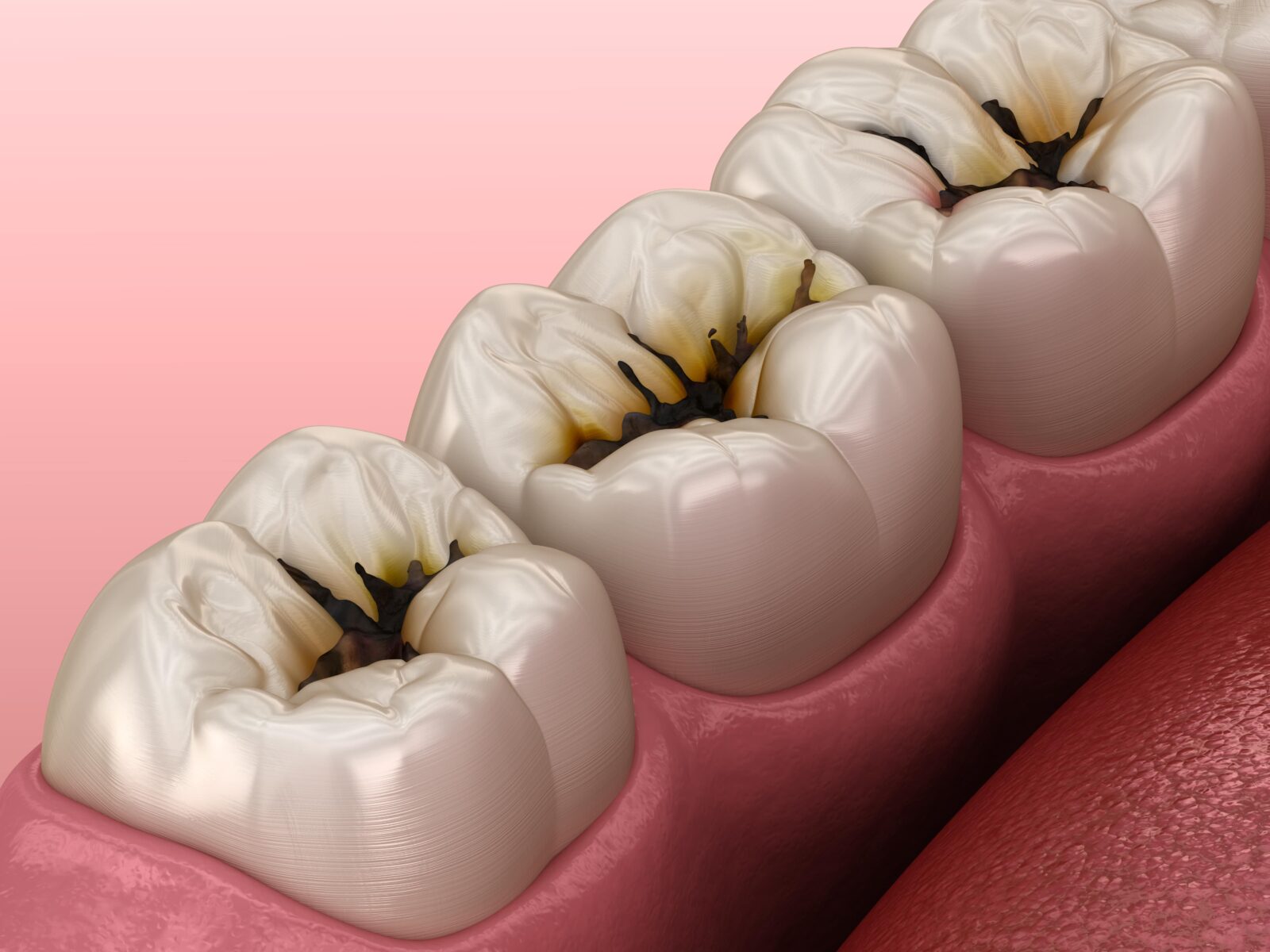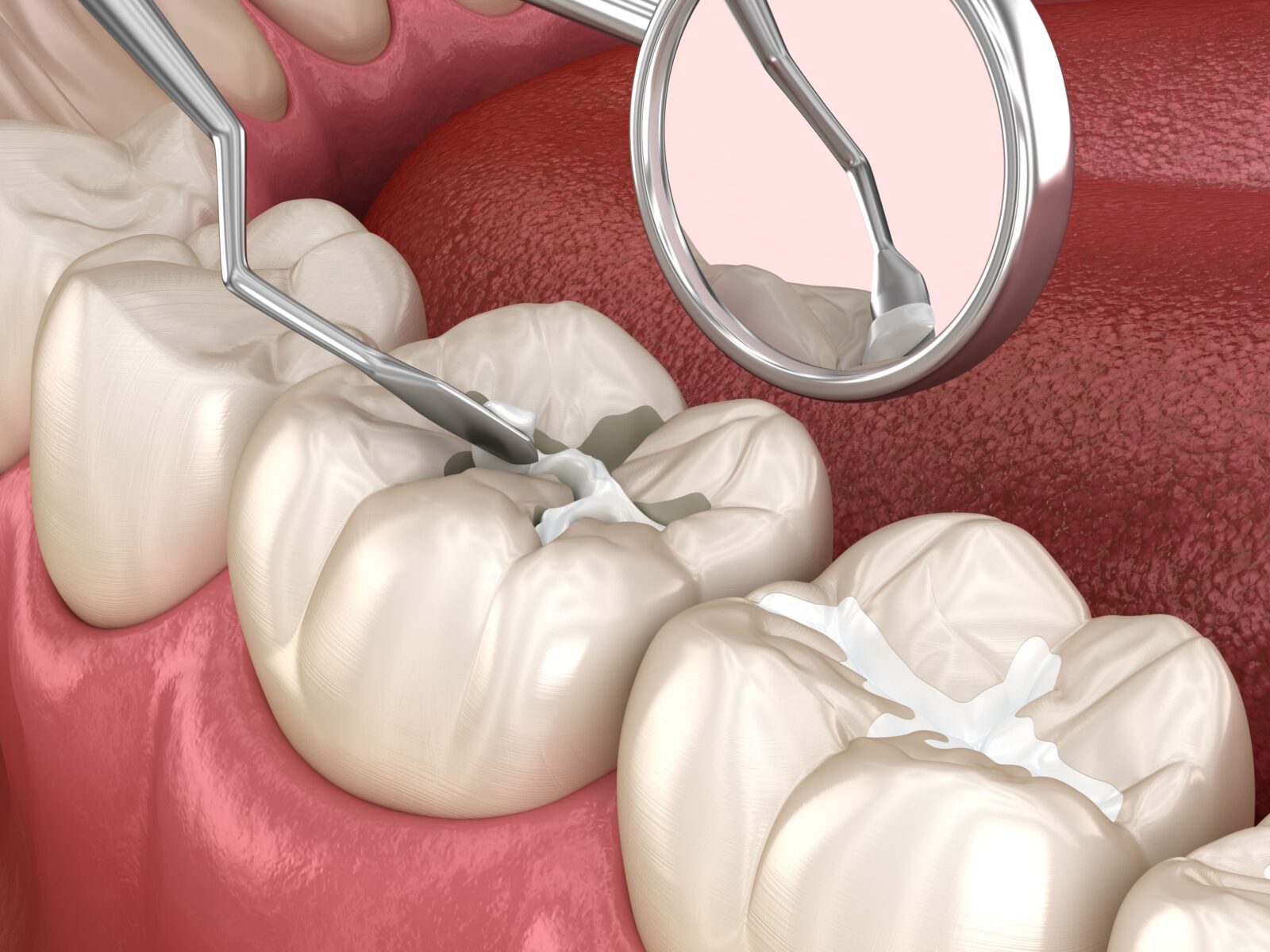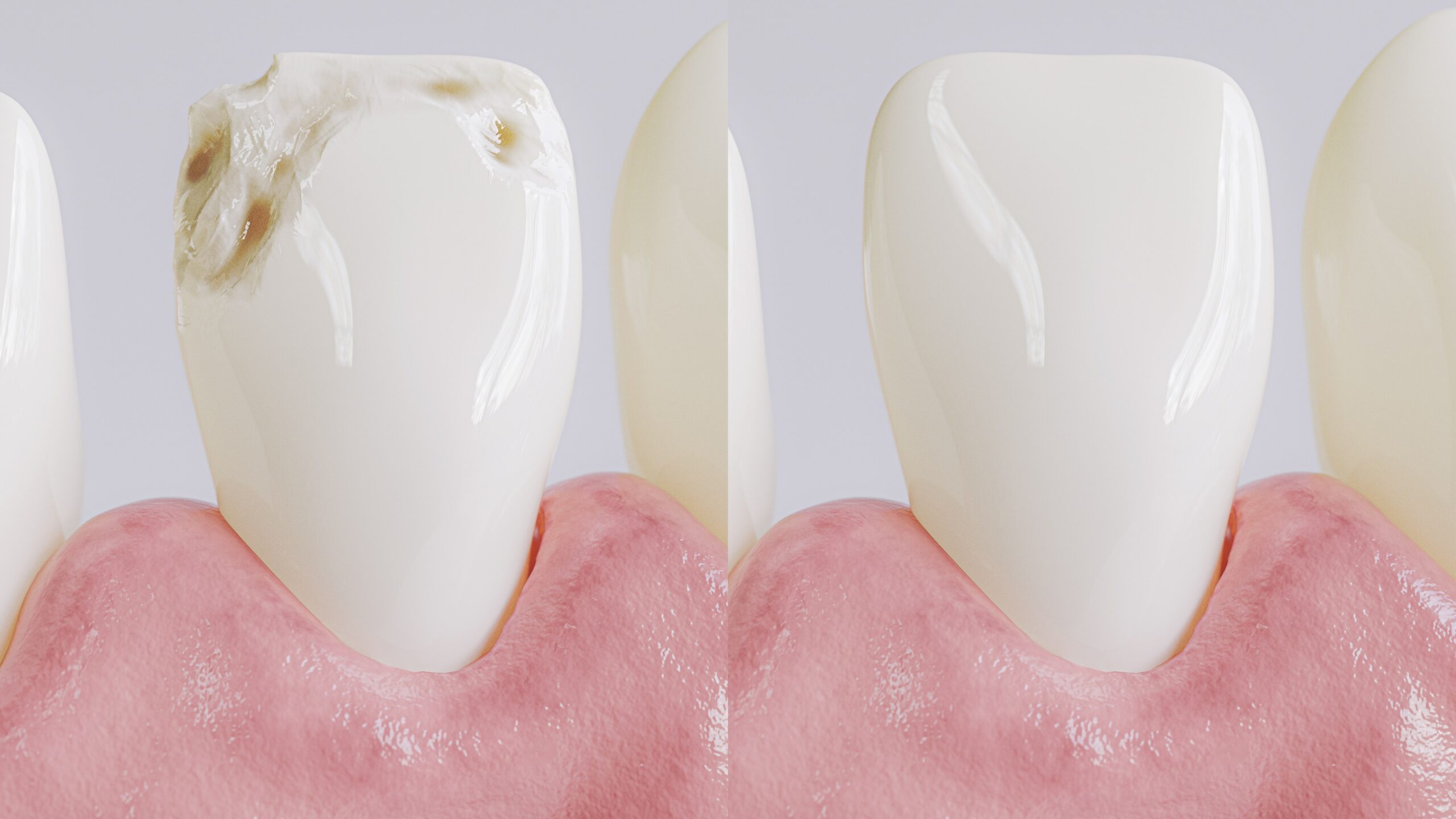Dental fillings are one of the most common dental procedures performed worldwide, helping millions restore damaged teeth back to health each year. They are essential for treating cavities and restoring the structural integrity of teeth affected by decay. Ignoring cavities can lead to severe dental issues, making fillings a crucial aspect of dental care Whether you’re preparing for your first filling or just want to know more about the process, this blog will guide you through everything from recognizing the need for a filling to caring for your teeth post-procedure.
Do You Need a Filling?
Determining whether you need a dental filling typically involves recognizing signs of tooth decay or damage, which can include the following symptoms:
Tooth Pain:
Persistent or occasional pain in one of your teeth can be a sign of decay. The pain might occur spontaneously or in response to certain triggers like biting down or eating.
Sensitivity:
If a tooth becomes particularly sensitive to hot, cold, or sweet foods and drinks, it could indicate that the enamel has been compromised and decay may have set in.

Visible Holes or Pits:
Sometimes, cavities are visible to the naked eye. If you see holes or pits in any of your teeth, it’s a strong indicator that decay is present and a filling might be necessary.
Dark Spots or Stains:
Brown, black, or white stains on the surface of a tooth can be signs of decay. While not all discolorations are cavities, any unusual spots should be examined by a dentist.
Food Getting Stuck:
If you frequently get food stuck in specific areas between your teeth, it might be due to gaps created by the onset of cavities.
Rough or Cracked Tooth Surface:
If you feel a roughness when you pass your tongue over a tooth or notice that a part of your tooth is cracked or chipped, this could also be a sign that a filling is needed.
Existing Filling Issues:
If you already have fillings, pay attention to them. Fillings that have become worn out, cracked, or have fallen out need to be replaced.
If you experience any of these symptoms, it’s important to visit your dentist for a professional evaluation. Dentists use a variety of tools and techniques to diagnose cavities, including visual examinations, dental probes, and X-rays. Early detection and treatment with a filling can prevent the decay from worsening and save the tooth from needing more extensive procedures like root canals or extractions.
Types of Dental Fillings
Choosing the right filling material is crucial and depends on the tooth’s location, the extent of decay, and aesthetic considerations. Here are the most common types:
| Type of Filling | Description | Pros | Cons |
| Amalgam | Made from a mixture of metals including silver, mercury, tin, and copper. | Highly durable, cost-effective, ideal for back teeth. | Noticeable metallic color, concerns about mercury content. |
| Composite Resin | Composed of a mixture of acrylic resin and finely ground glass particles, matched to tooth color. | Aesthetically pleasing, bonds directly to the tooth. | Less durable than amalgam, may need replacement within 5-10 years. |
| Ceramic | Primarily made of porcelain, offering high durability and aesthetics. | Stain-resistant, closely mimics natural teeth appearance. | More expensive, requires more tooth preparation. |
| Gold | Composed of a gold alloy and other metals. | Extremely durable, excellent longevity (15-30 years), biocompatible. | High cost, multiple visits needed, noticeable appearance. |
| Glass Ionomer | Made from acrylic and a type of glass material. | Releases fluoride to protect teeth, good for non-load bearing areas. | Less durable than others, prone to wear and tear. |
Preparing for the Procedure
Preparing for a dental filling procedure is straightforward and involves a few simple steps to ensure your comfort and the success of the treatment. First, eat a normal meal before your appointment, as your mouth may be numb for several hours afterward, making eating difficult. Avoid consuming alcohol or caffeine on the day of the procedure as these can affect the efficacy of the anesthetic or cause increased bleeding.
If you experience dental anxiety, discuss sedation options with your dentist beforehand — they may offer nitrous oxide or oral sedatives to help you relax. Additionally, make sure to brush and floss your teeth before the appointment to minimize bacteria and plaque in the mouth. Lastly, arrange for someone to drive you home if you know you’ll be receiving sedation, and clear your schedule post-procedure to allow for recovery time. By following these simple guidelines, you can go into your filling appointment feeling prepared and at ease.
The Filling Process
Getting a dental filling involves several key steps, each crucial for restoring the health and function of your tooth. Here’s a brief overview of the process:

- Diagnosis: The dentist examines your teeth, often using X-rays, to identify decay or damage that necessitates a filling.
- Preparation: Before the procedure, you may need to eat a normal meal and brush your teeth. The dentist might also discuss anesthesia and sedation options to ensure comfort.
- Anesthesia: To prevent pain during the procedure, the dentist administers local anesthesia to numb the area around the affected tooth.
- Decay Removal: The dentist uses a drill, air abrasion instrument, or laser to remove the decayed part of the tooth and cleans the cavity of bacteria and debris.
- Filling Placement: The selected filling material (like composite, amalgam, or porcelain) is inserted into the clean and prepared cavity.
- Curing: If a composite resin is used, the material is hardened (cured) layer by layer using a special light.
- Polishing and Adjustment: The filling is shaped and polished to match the tooth’s original contour, ensuring it feels natural in your mouth and doesn’t affect your bite.
- Follow-Up: The dentist checks your bite and makes any necessary adjustments to ensure comfort. They may also provide care instructions to help the filling last and prevent future decay.
These steps collectively help ensure that your tooth is restored not just functionally but aesthetically, blending seamlessly with your natural teeth.
Post-Procedure Care
After getting a filling, your tooth may be sensitive to temperature and pressure for a few days. It’s important to maintain good oral hygiene by brushing and flossing gently around the new filling. Avoid chewing hard foods directly on the filling for a couple of days.
Conclusion
Dental fillings are a straightforward solution to a common problem, with various options available to suit different needs. Understanding the process can help alleviate any anxiety associated with dental work and ensure that you are prepared for your appointment. Remember, the best way to deal with cavities is to prevent them in the first place, so maintaining good dental hygiene and regular visits to the dentist are key.




